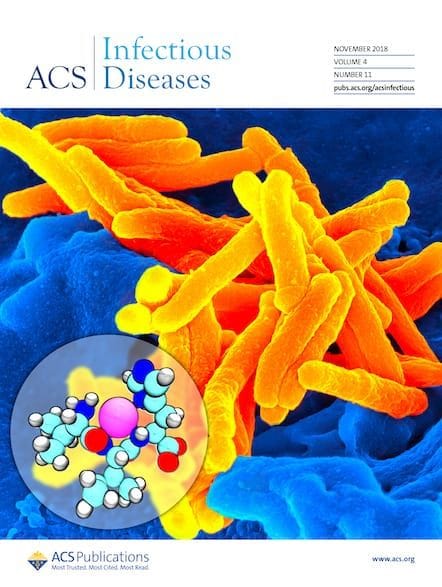Tuberculosis is still endemic in many regions, and novel tools are needed to help better understand the causative mycobacteria. New work in ACS Infectious Diseases reports on a probe that could shed new light on mycobacteria–host interactions.
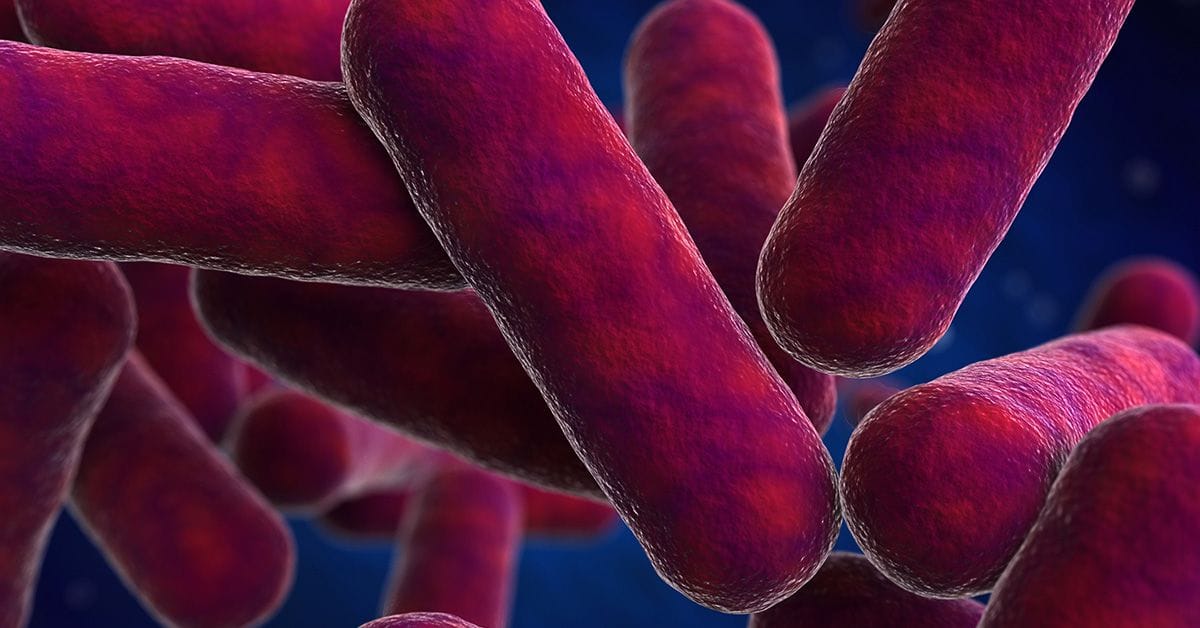
Mycobacteria are a large group of microorganisms characterized by a thick, hydrophobic cell wall rich in mycolic acids, unusual lipids, and glycans.1 This unique cell envelope makes them highly resistant to harsh environmental conditions, many antibiotics, and typical immune responses.2 Mycobacteria are responsible for a variety of infectious diseases, with tuberculosis (TB) being one of the most prevalent. Caused by Mycobacterium tuberculosis, TB is responsible for the deaths of over 1 million people every year, and in 2023 it reclaimed the spot from COVID-19 as the number one infectious disease killer.3,4
There remains a need to better understand the precise molecular details of mycobacteria's robust cell wall—including its composition, construction, and how it interacts with the host's immune system—to uncover potential vulnerabilities that could help advance drug and vaccine development. A team from the United States recently set out to help fill these knowledge gaps, focusing on the role of free mycolic acids (fMAs) in host cell interactions. These fMAs are components of the mycomembrane—an outer layer of mycobacteria's cell wall—that help it evade the host's immune system defenses.
The study, published in ACS Infectious Diseases, reports on a light-activated probe, named x-Alk-MA, that mimics naturally occurring fMAs.5 They constructed the probe using a photo-cross-linking diazirine, allowing it to bind to host proteins when exposed to light, as well as a clickable alkyne that enables live-cell capture and analysis. When tested using live macrophages, the probe was able to successfully mimic the behavior of natural fMAs in the immune host cells. It selectively photolabeled a protein called TREM2, a host cell receptor for fMAs that suppresses macrophage activation and has been implicated in the immune evasion displayed by M. tuberculosis.
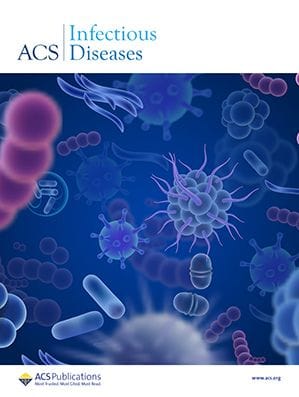
A Photoactivatable Free Mycolic Acid Probe to Investigate Mycobacteria–Host Interactions
DOI: 10.1021/acsinfecdis.5c00068
This new work builds on the team's previous experiments with light-activated glycolipid probes designed to identify mycolate–protein interactions in live mycobacteria.6 Specifically, they developed a special analogue that can incorporate itself into the mycomembrane of live mycobacteria. When activated by light, these analogues are able to bind to proteins, making it easier to identify and analyze them. When testing the probe on M. smegmatis, the team found more than 100 proteins that interact with the mycomembrane. Some of these proteins are already known to be involved in the mycomembrane's structure and function, while others are new candidates for further study.
The authors are confident that these methods will help future studies aimed at understanding the roles of mycolic acids in mycobacterial physiology and pathogenesis. “Chemical probes can be valuable for discovering and characterizing host–pathogen interactions that are otherwise difficult to investigate,” explains Corresponding Author Benjamin Swarts in a recent press release. “Knowing the molecular details of how M. tuberculosis cell envelope components manipulate the host response may inform new treatment strategies for TB in the future, such as immunotherapies targeting host proteins.”
Further Reading: Recent Tuberculosis Content from ACS Publications
To discover more insights and the latest advancements on tuberculosis detection, prevention, and treatment, we invite you to explore these recent Collections and content from ACS Publications.
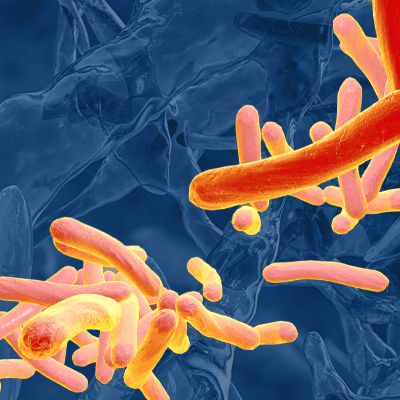
World Tuberculosis Day 2025
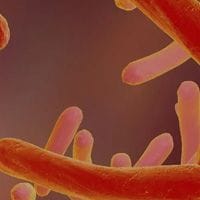
ACS Infectious Diseases Commemorates World Tuberculosis Day 2025: Featured Interviews with Researchers
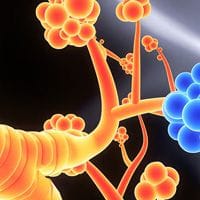
Four Advances That Could Change Tuberculosis Treatment
References
- Mycobacteria (Collection). Microbiology Society. https://www.microbiologyresearch.org/content/mycobacteria
- Hermann, C. et al. Cell Envelope Proteomics of Mycobacteria. J. Proteome Res. 2021, 20, 1, 94–109.
- Global tuberculosis report 2024. World Health Organization. https://www.who.int/publications/i/item/9789240101531
- "Tuberculosis resurges as top infectious disease killer." World Health Organization, October 29, 2024. https://www.who.int/news/item/29-10-2024-tuberculosis-resurges-as-top-infectious-disease-killer
- Agu, K. C. et al. A Photoactivatable Free Mycolic Acid Probe to Investigate Mycobacteria–Host Interactions. ACS Infect. Dis. 2025, Article ASAP.
- Kavunja, H. W. et al. Photoactivatable Glycolipid Probes for Identifying Mycolate–Protein Interactions in Live Mycobacteria. J. Am. Chem. Soc. 2020, 142, 17, 7725–7731.
